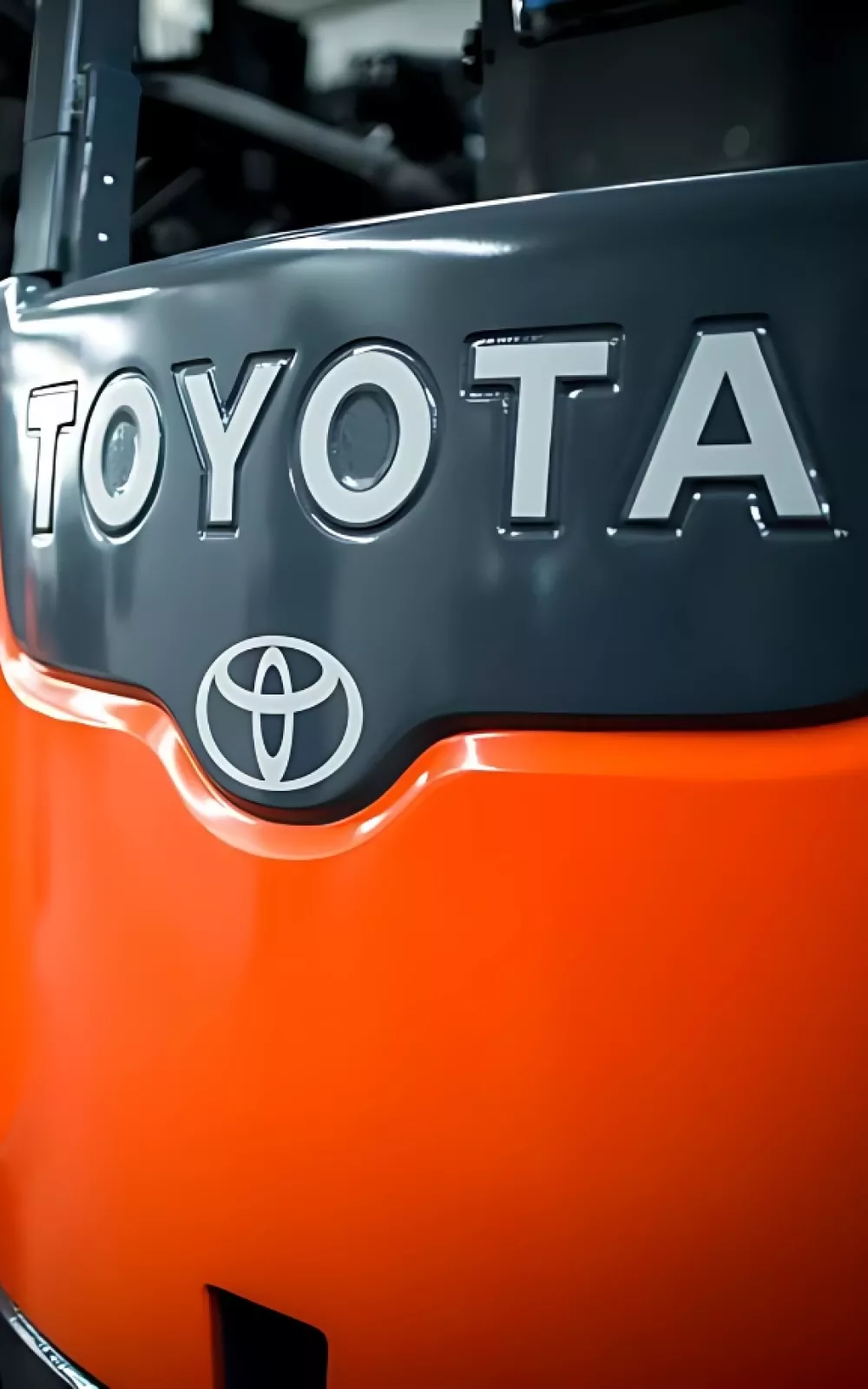Rent
ProLift offers daily, weekly, and monthly rentals. Find the right equipment for maximum productivity and safety.
Let us know how we can assist you! A ProLift specialist will connect with you to help with your material handling needs.
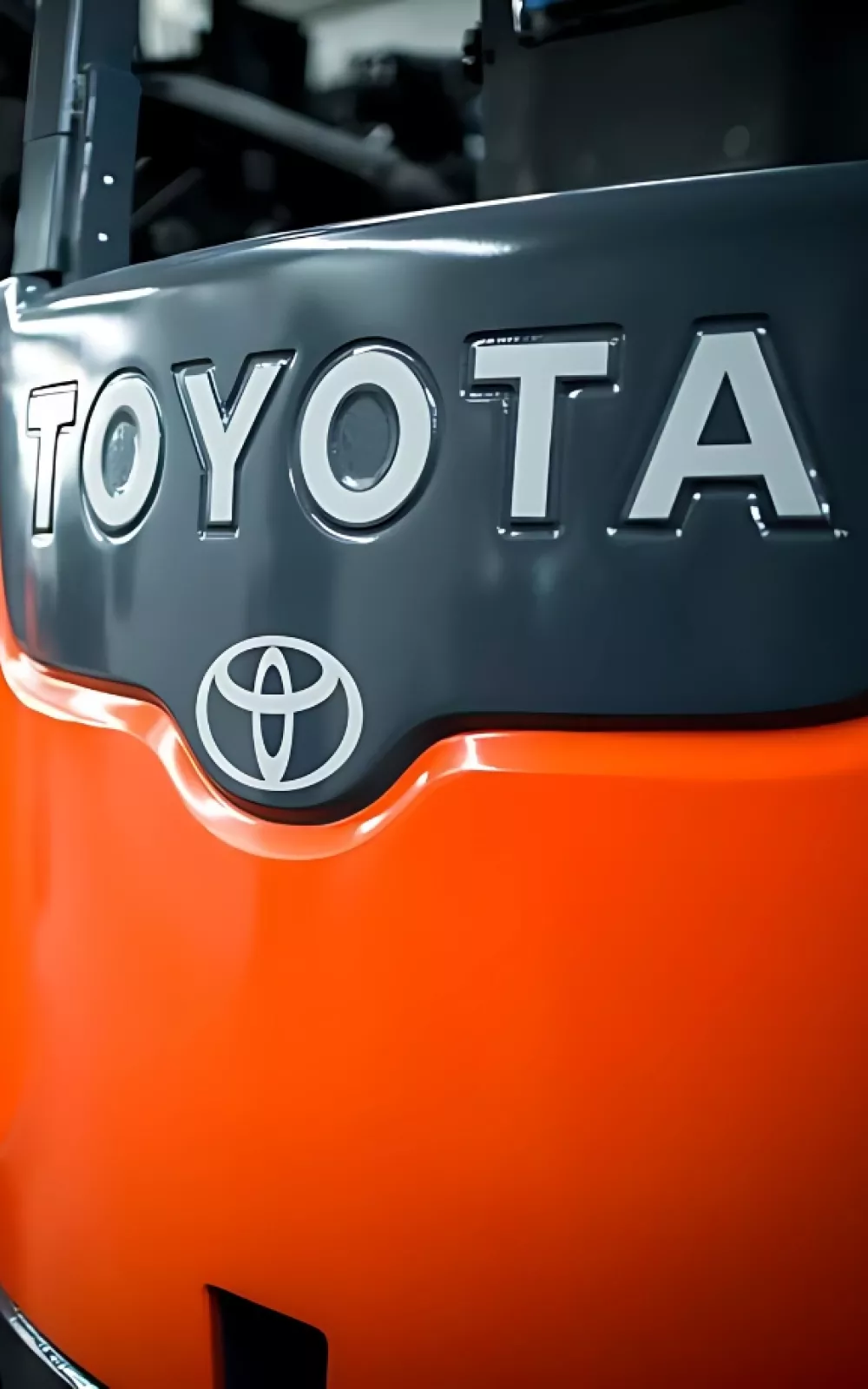
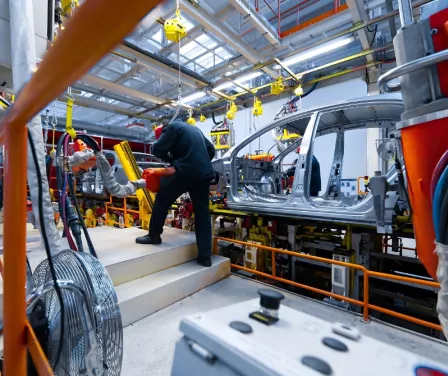
The automotive industry drives global economic growth through the design, manufacturing, and servicing of vehicles, including passenger cars, trucks, and electric vehicles (EVs). Key players like OEMs, suppliers, and aftermarket services rely on advanced technologies and adhere to strict safety, emissions, and quality standards. Growing environmental demands are pushing automakers toward EVs, hybrid technology, and sustainable manufacturing to reduce carbon footprints.
Technological advancements are reshaping the industry with electric drivetrains, autonomous vehicles, and connected systems enhancing safety and convenience. Shared mobility, digital transformation, and resilient supply chains are addressing evolving transportation needs and global challenges. As the industry pivots to smart and sustainable mobility, it remains vital to economic progress and innovation.
Examine equipment solutions for your industry and determine the best match, along with related products and services. ProLift's team of specialists are available to share the information you need to make a decision.
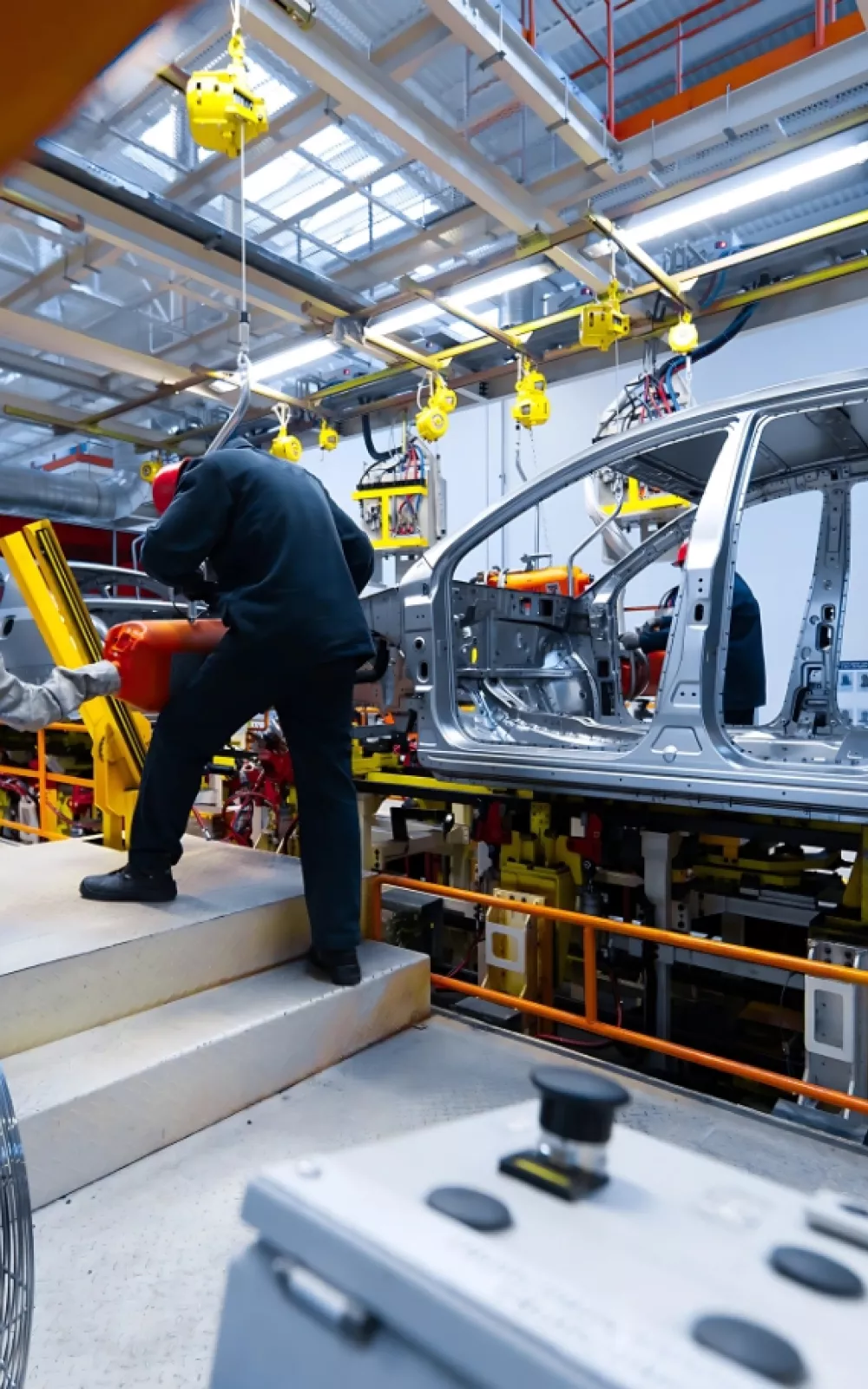

Addressing the industry's challenges, ProLift provides equipment solutions designed to support and advance your short- and long-term business objectives.
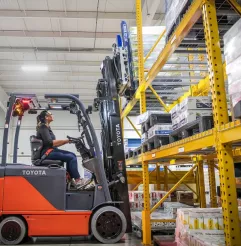
Start your search for available equipment and product lines with ProLift’s equipment finder. It helps you quickly identify the best solutions that match your criteria.
From equipment and maintenance to replacement parts and safety training, ProLift offers you 360 support. We can also assist you with pallet racking and additional warehouse solutions. Let us know how we can help!
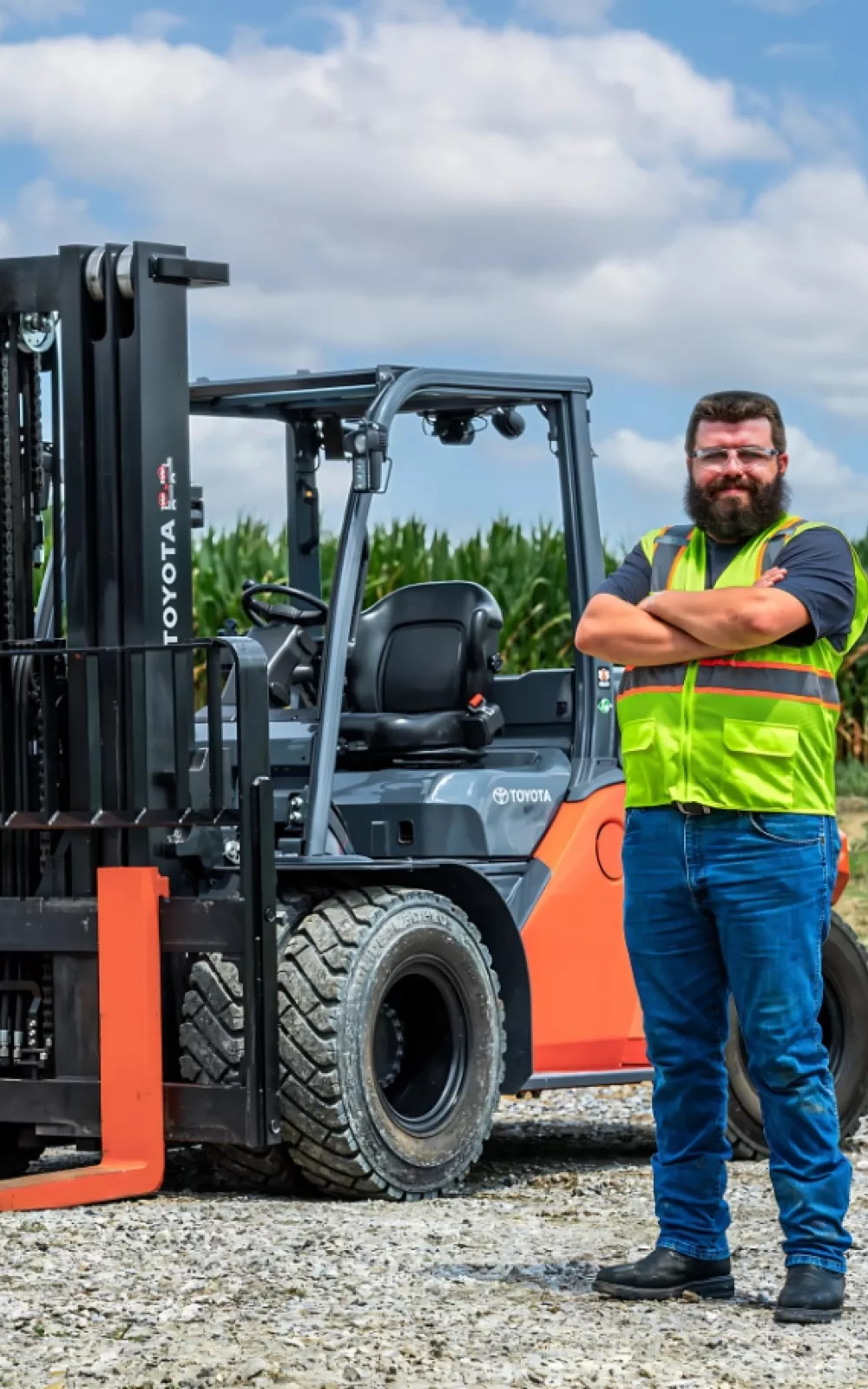
Let us know how we can assist you! A ProLift specialist will connect with you to help with your material handling needs.
